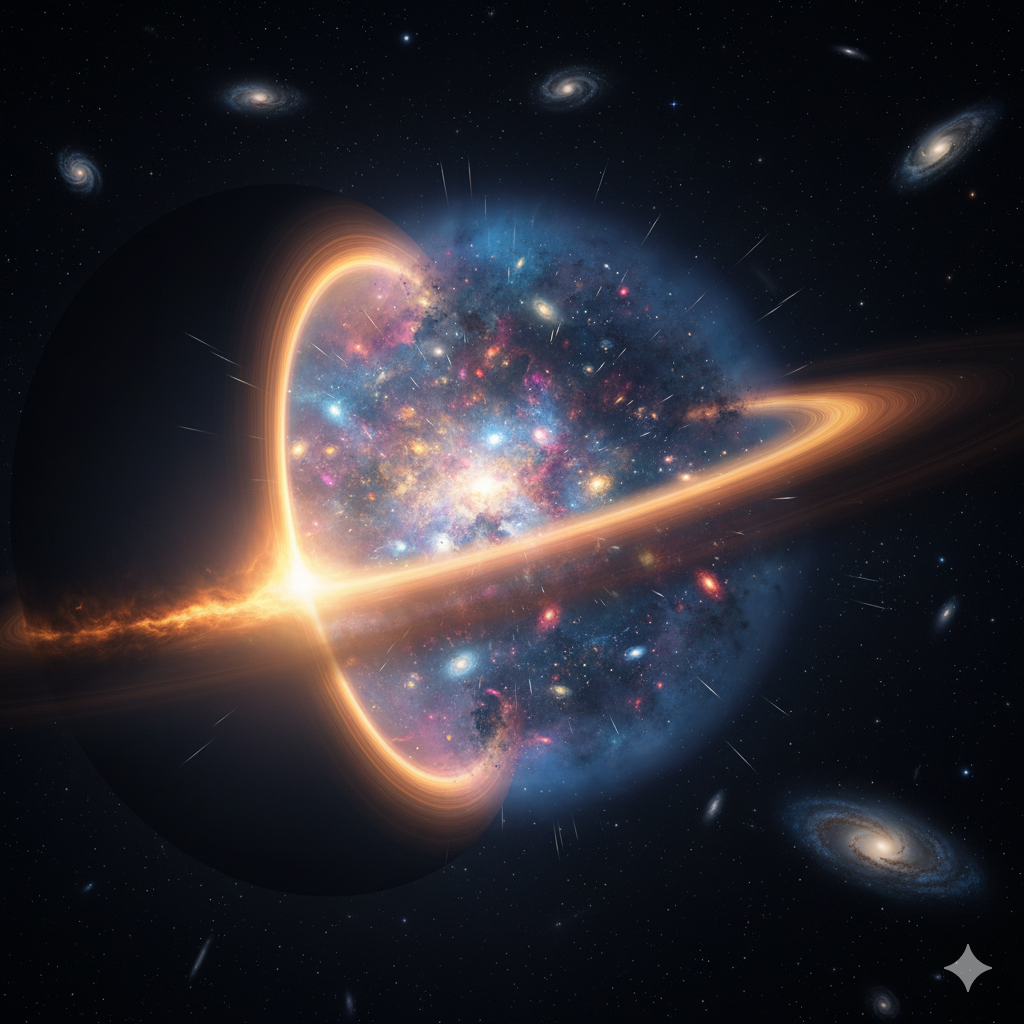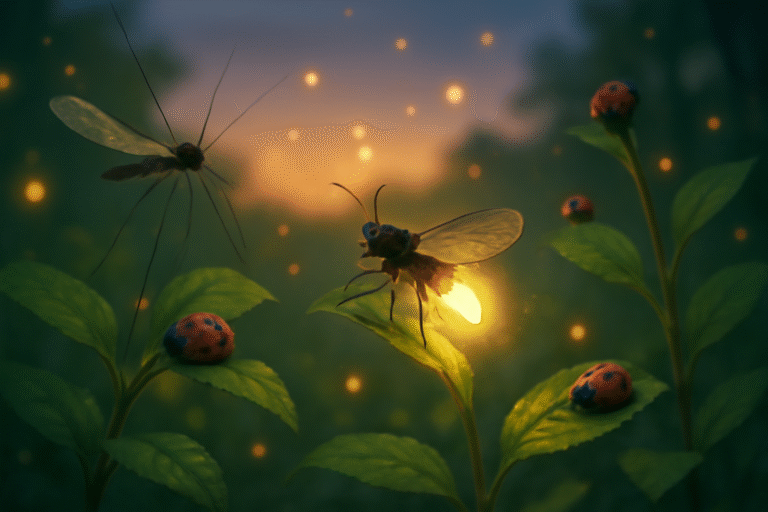My Mind-Bending Theory: A Cosmic Rebound Inside a Black Hole?

You know those moments when you read something and it just clicks? When a new idea immediately resonates because it’s a theory you’ve had in your head for years? That happened to me today.
I was reading an article about new observations from the James Webb Space Telescope, and it mentioned how some galaxies in the early universe seem to have a strange, coordinated rotation. This unexpected finding got me thinking, and it immediately made me remember a personal theory I’ve been developing for a long time: that our entire universe is a “Big Bounce” that happened inside a black hole.
This might sound like science fiction, but this idea, known as black hole cosmology, actually connects some of the biggest head-scratchers in physics. And here’s how all the pieces fit together.
The Cosmic Puzzles That Led Me Here
The Big Bang theory is our best model for the universe’s origin, but it leaves some big questions unanswered. For instance:
- The Big Bang Singularity: The theory says the universe began from an infinitely hot, dense point—a singularity. This sounds an awful lot like the singularity at the heart of a black hole, right? It made me wonder if they’re not just similar, but actually connected.
- The Expansion Problem: If the universe is expanding, what is it expanding into? It’s a question that gets at the very nature of space itself. But what if it wasn’t expanding into nothing, but instead had a ready-made “container”—the vast space inside a parent black hole?
For me, these questions are a cosmic invitation to think differently. And that’s where my “Big Bounce within a Black Hole” theory comes in.
My Theory: The “Big Bounce”
The biggest challenge to the universe-in-a-black-hole idea is simple: if we’re inside a black hole, why aren’t we all crushed into a point? The answer, I believe, lies in the Big Bounce theory.
Imagine a black hole in a parent universe sucking in matter. Instead of that matter getting crushed forever into a point of infinite density, physics suggests it might trigger a powerful rebound. Some theories, like the Einstein-Cartan-Sciama-Kibble theory, propose that the repulsive forces of matter at extreme densities would prevent a singularity from forming.
Think of it like a giant trampoline. Instead of falling through the net, the matter hits a point of no return and is flung back out with incredible force.
- The Collapse: Matter from a parent universe collapses into a black hole.
- The Rebound: The incredible density of that matter triggers a “bounce” rather than a crush.
- The New Universe: This rebound is what we see as our Big Bang—a brand new, hot, and rapidly expanding universe. We’re not being crushed now because we’re in the flourishing, expanding phase after the bounce!
My Theory vs. The Facts: A Match Made in the Cosmos?
Here’s the cool part: my theory aligns with a lot of what we already know about the universe, while also offering fresh takes on the big questions.
- Fact: Black Holes Exist. We have definitive proof from gravitational waves and direct images from the Event Horizon Telescope. My theory uses these very objects as the cosmic nurseries for new universes.
- Fact: The Universe is Expanding. This is a non-negotiable fact. In my theory, this expansion is simply the outward journey of the matter from the Big Bounce.
- Fact: The Early Universe Was Hot and Dense. This is what the Big Bounce was—the super-hot, super-dense moment of rebound.
- My Theory: Solving the Mysteries. Recent observations from the James Webb Space Telescope have even shown that some early galaxies seem to have a preferred direction of rotation, which is unexpected. If our universe was born from a spinning black hole, it would have a preferred axis, which might explain this strange alignment.
I’m not saying this is definitive proof. It’s a fun and exciting idea that makes sense to me, and it offers a beautiful way to think about the universe as a cyclical process, where the end of one becomes the beginning of another. It reminds us that there’s still so much to explore and so many puzzles left to solve.






